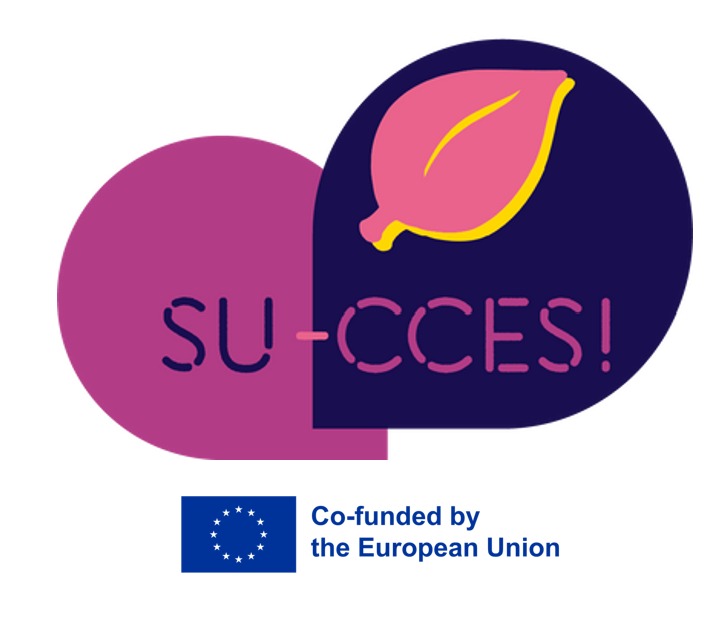Image by Hurca, Pixabay
The partners of the “Empowering Participatory Budgeting in the Baltic Sea Region” (EmPaci) project present an evidence-based successful experience of participatory budgeting (PB) around the world – Participatory Budgeting Blueprint Guidebook. This guide was prepared by researchers from Klaipeda University in close collaboration with colleagues from the University of Rostock.
This PB Blueprint Guidebook is special in that it analyses successful participatory budgeting initiatives from the Baltic Sea Region and beyond, as well as examines existing participatory budget approaches in other countries and presents best practices. The successful PB cases from Germany, Poland, Portugal, Romania, France, Canada, China, Iceland and Brazil are presented. The examples in the guidebook can be a great foresight and inspiration for local government representatives for future PB initiatives, as these highlight specific features, design principles and innovative ideas which make selected PB cases inspiring.
Each case is briefly characterised by a fact sheet about the municipality, the PB and its basic structure and short history. However, it was not the aim to provide a detailed description, but the most important facts. Hints about where further and more detailed information can be found is also presented. The description of the case itself is guided by the following questions:
- Which specific problem does the PB case solve?
- Which ideas and design principles make the PB case innovative or successful compared to others?
- What could potential challenges be in adopting the approach of this PB case?
Since the design requirements and possibilities depend on the size of a municipality to a large extent, the cases presented in this document are structured according to the size of the municipalities in terms of inhabitants. As such, the following size categories have been set up:
- Small municipalities – up to 100 000 inhabitants,
- Middle-size municipalities – 100 000 – 250 000 inhabitants,
- Large municipalities – 250 000 – 1 million inhabitants,
- Mega-cities – more than 1 million inhabitants.
The Guidebook reflects the cases that the entire EmPaci project team came across during their research to develop their own PB projects.
Participatory budgeting is a process of democratic decision-making, where ordinary people take part in preparing and adopting a municipal or public budget. In the BSR, only a few municipalities have applied a PB process on a regular basis. If you are interested in getting support to develop your PB, please contact your national or the nearest EmPaci partner.
Follow our web page www.empaci.eu to find out more about the project and the latest outcomes or social accounts of the national partners involved in the project.
Image by Hurca, Pixabay
The partners of the “Empowering Participatory Budgeting in the Baltic Sea Region” (EmPaci) project present an evidence-based successful experience of participatory budgeting (PB) around the world – Participatory Budgeting Blueprint Guidebook. This guide was prepared by researchers from Klaipeda University in close collaboration with colleagues from the University of Rostock.
This PB Blueprint Guidebook is special in that it analyses successful participatory budgeting initiatives from the Baltic Sea Region and beyond, as well as examines existing participatory budget approaches in other countries and presents best practices. The successful PB cases from Germany, Poland, Portugal, Romania, France, Canada, China, Iceland and Brazil are presented. The examples in the guidebook can be a great foresight and inspiration for local government representatives for future PB initiatives, as these highlight specific features, design principles and innovative ideas which make selected PB cases inspiring.
Each case is briefly characterised by a fact sheet about the municipality, the PB and its basic structure and short history. However, it was not the aim to provide a detailed description, but the most important facts. Hints about where further and more detailed information can be found is also presented. The description of the case itself is guided by the following questions:
- Which specific problem does the PB case solve?
- Which ideas and design principles make the PB case innovative or successful compared to others?
- What could potential challenges be in adopting the approach of this PB case?
Since the design requirements and possibilities depend on the size of a municipality to a large extent, the cases presented in this document are structured according to the size of the municipalities in terms of inhabitants. As such, the following size categories have been set up:
- Small municipalities – up to 100 000 inhabitants,
- Middle-size municipalities – 100 000 – 250 000 inhabitants,
- Large municipalities – 250 000 – 1 million inhabitants,
- Mega-cities – more than 1 million inhabitants.
The Guidebook reflects the cases that the entire EmPaci project team came across during their research to develop their own PB projects.
Participatory budgeting is a process of democratic decision-making, where ordinary people take part in preparing and adopting a municipal or public budget. In the BSR, only a few municipalities have applied a PB process on a regular basis. If you are interested in getting support to develop your PB, please contact your national or the nearest EmPaci partner.
Follow our web page www.empaci.eu to find out more about the project and the latest outcomes or social accounts of the national partners involved in the project.














